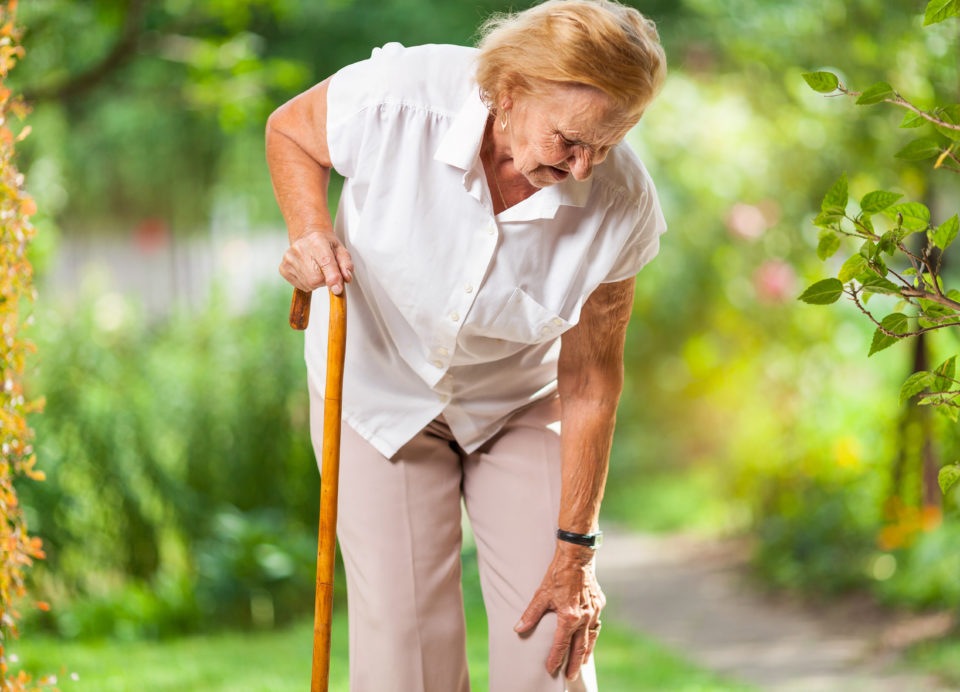
A new study published in BMC Musculoskeletal Disorders assessed knee issues in young adults, including characterization and cause.
“Obesity and sedentary behaviour, risk factors for knee osteoarthritis in middle-age, are increasing in younger adults,” the study authors wrote. “The objectives of this study were to estimate the prevalence of knee problems in young adults, to characterise these problems and explore the relationship with physical activity, physical inactivity and obesity.”
To conduct their study, researchers collected data—including height, weight, and activity—for staff and students aged 18–39 years old from a single university using a self-report questionnaire. Activity was measured through the International Physical Activity Questionnaire. The goal was to determine the association between knee problems and physical activity levels, sitting time, and body mass index (BMI).
Between January and October 2013, 314 participants were enrolled in the study—214 without and 100 with a knee problem. More than half of participants (n = 176, 56.1%) were male. The mean age (standard deviation [SD]) was 22 ± 5.2 years; only 10.5% (n = 33) of participants were older than 30 years. Mean BMI (SD) was 24.3 ± 4.1 kg/m2; 9.9% (n = 31) of participants were obese, and 23.2% (n = 72) were overweight. Activity level was low in the majority of participants (n = 165, 52.5%), while 23.9% (n = 75) and 22.9% (n = 72) reported moderate and high levels, respectively. Activity data were not available for two participants. Mean average daily sitting time (SD) was 5.6 ± 2.6 hours. About 15% (n = 47) of participants had mental distress as indicated by their Hopkins Symptom Checklist 10-item version (HSCL-10) score.
What Causes the Knee Issues?
Exactly 100 participants said they had a knee issue during the last 12 months, for a 12-month prevalence of 31.8% (95% CI 26.9%–37.2%). Of the 100 participants with a knee problem, 44 experienced bilateral problems, and more than half (n = 52) actively sought medical help; 31 said their issue began right after a sudden injury. Among the knee issue participants, 93 shared symptom information: 69.9% (n = 65) said pain was the most prevalent symptom, while others reported locking (7.5%, n = 7) and giving way (22.5%, n = 21). The knee issue did not largely impact activities of daily living for most participants, but quality of life took a negative hit. Median knee injury and arthritis outcome score was measured in several areas: pain, 89; severity of symptom, 82; function, daily living, 96; function, sports and recreational activity, 90; and quality of life, 75. Quality of life scores were as low as 56.
Every 10 kg/m2 increase in BMI increased the odds of knee problems, as did longer hours of sitting and higher physical activity levels, according to the final regression model. However, the researchers observed: “In the multivariate analysis, the only significant independent factors related to reported knee problems were physical activity (p = 0.010; high level: OR = 2.6, 95% CI 1.4 to 4.9; moderate level OR = 1.9, 95%CI 1.0 to 3.5) and mental distress (p = 0.017; OR = 2.3, 95% CI 1.2 to 4.6). The effects of BMI (p = 0.063) and hours of physical inactivity (p = 0.069) were borderline non-significant.”
The study authors also pointed out that knee issues in the younger population may still be a “hidden” issue as only half of participants reached out for medical attention.
“Populations are being encouraged to become more active. More attention may need to be paid towards prevention of knee problems in such programmes, and further research is warranted to investigate, in large-scale, population-based studies, if these findings are generalisable to general population and across different types of knee symptoms,” the researchers concluded.







 © 2025 Mashup Media, LLC, a Formedics Property. All Rights Reserved.
© 2025 Mashup Media, LLC, a Formedics Property. All Rights Reserved.